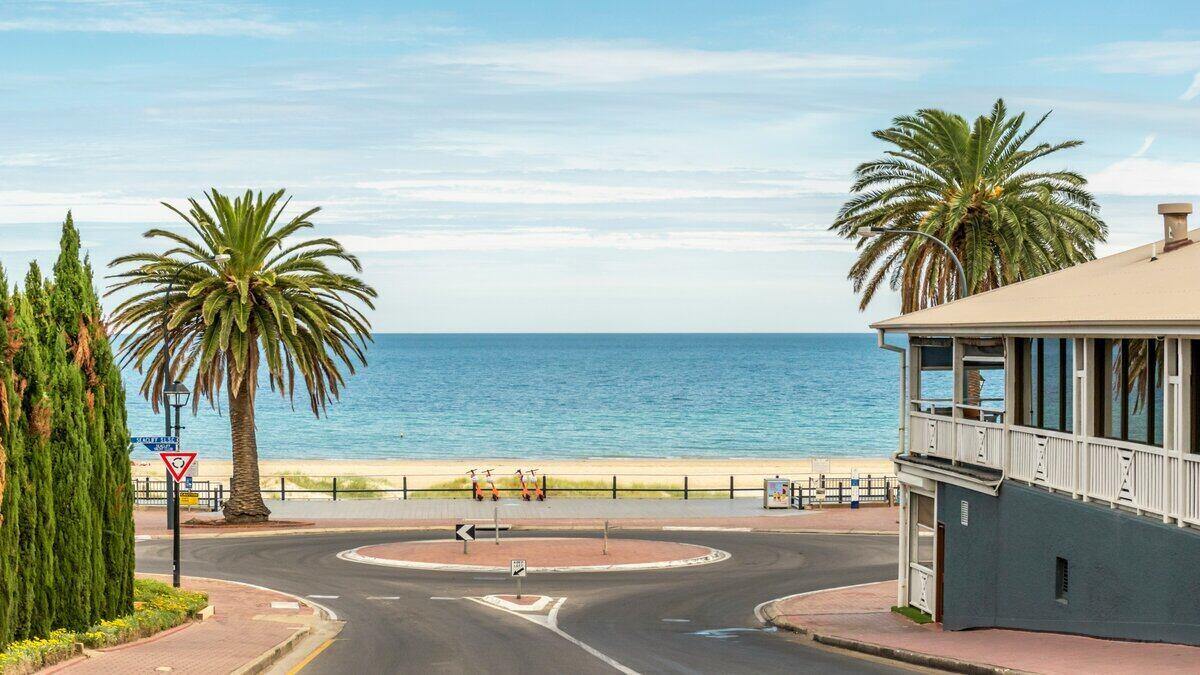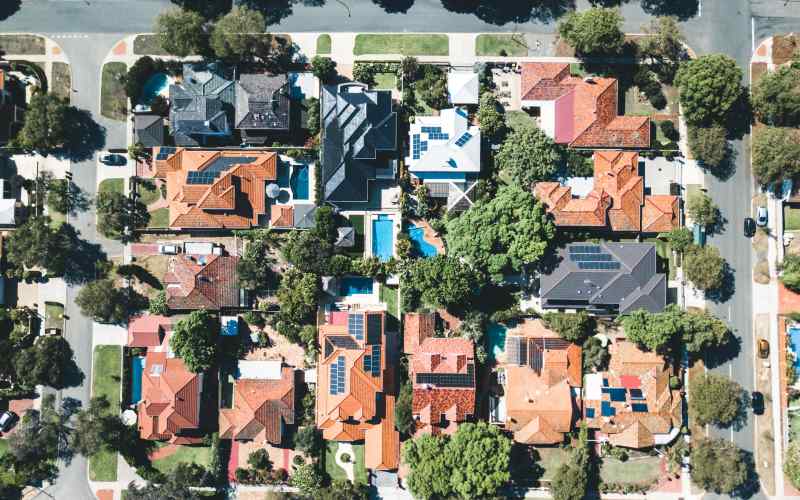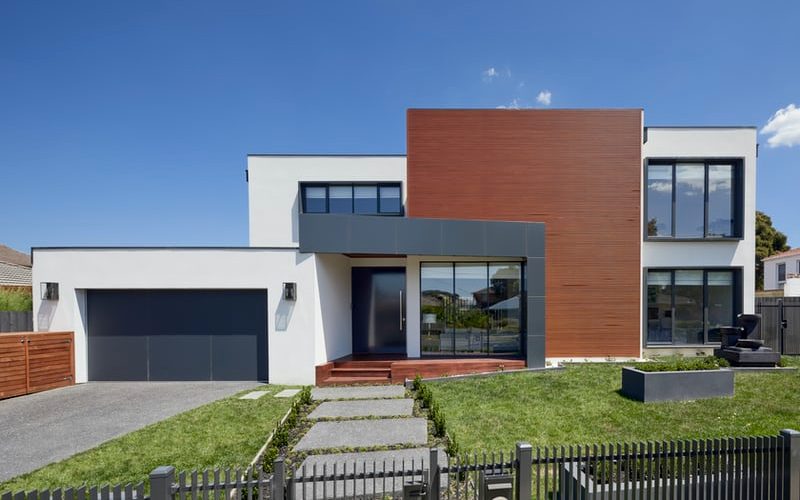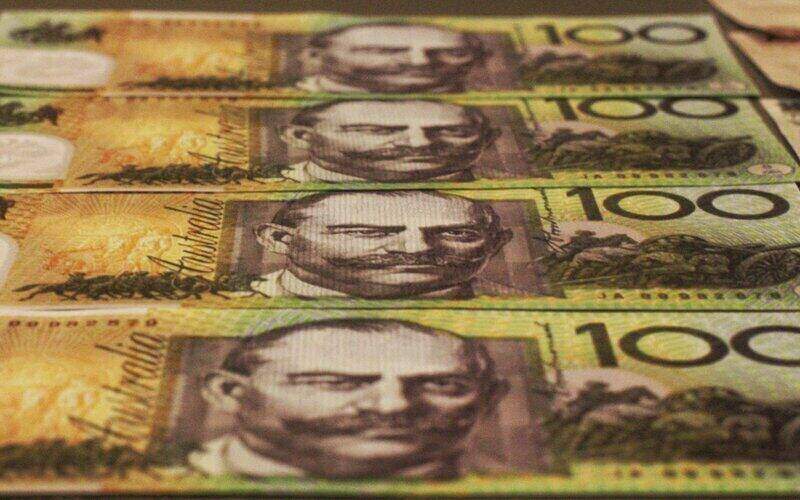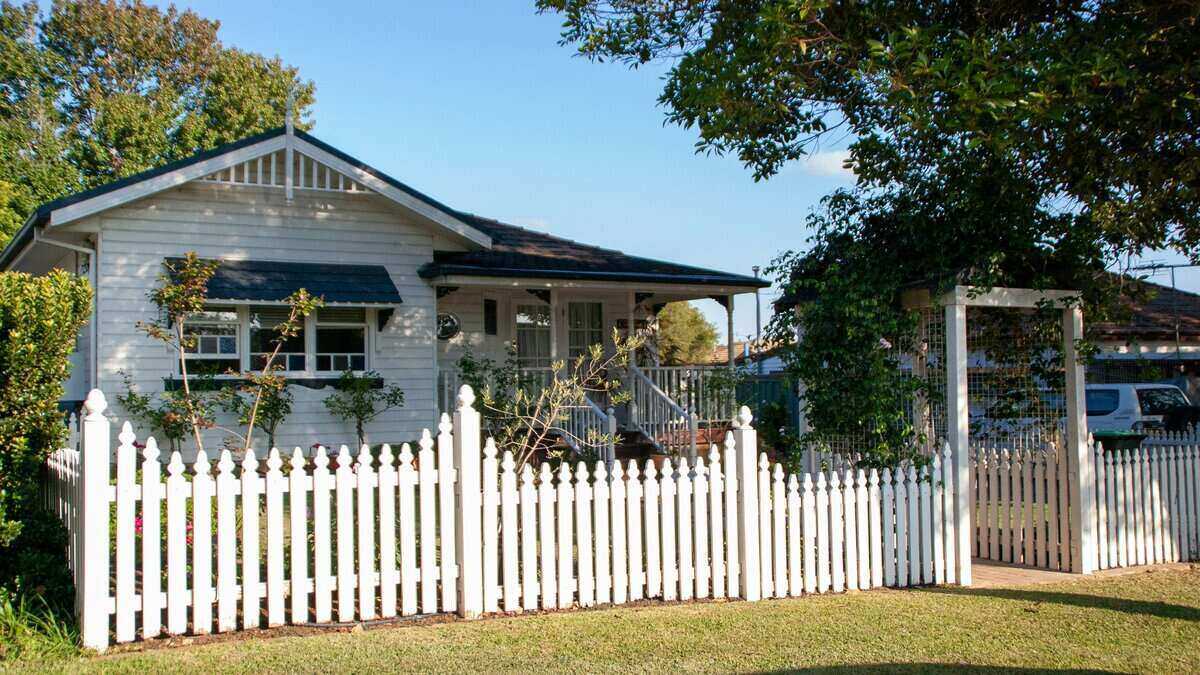The board decided to keep rates on hold in its meeting today for the second month in a row.
This was the expected outcome of today’s meeting, with markets pricing the chance of a December rate cut at 11% despite the RBA signalling the likelihood of further rate cuts in last month’s monetary policy statement.
This means the cash rate will stay at its historic low of 0.75% until at least February, with no board meeting taking place in January.
In his statement, Reserve Bank Governor Philip Lowe said the Australian economy appears to have reached a ‘gentle turning point’ after a recent soft patch.
“The central scenario is for growth to pick up gradually to around 3 per cent in 2021. The low level of interest rates, recent tax cuts, ongoing spending on infrastructure, the upswing in housing prices and a brighter outlook for the resources sector should all support growth,” Dr Lowe said.
“The main domestic uncertainty continues to be the outlook for consumption, with the sustained period of only modest increases in household disposable income continuing to weigh on consumer spending.
“Other sources of uncertainty include the effects of the drought and the evolution of the housing construction cycle.”
The #RBA leaves rates at 0.75% as expected, if anything it strengthens a commitment to act further to ease policy to get it to its objectives, most expect this to be early in the new year #ausbiz pic.twitter.com/5CEoo4xyOP
— Alex Joiner (@IFM_Economist) December 3, 2019
Recent data points don’t paint a particularly good picture of the economy.
According to the Australian Bureau of Statistics (ABS), the rate of unemployment rose in October to 5.3%, which is way above the RBA’s target rate of 4.5%.
Inflation, meanwhile, rose 1.7% from September 2018-2019, which is also below the RBA’s target range of 2-3%, while there was subdued wages growth of 2.2% year-on-year.
“The easing of monetary policy this year is supporting employment and income growth in Australia and a return of inflation to the medium-term target range,” he said.
“Lower mortgage rates are also boosting aggregate household disposable income, which, in time, will boost household spending.
“Given these effects of lower interest rates and the long and variable lags in the transmission of monetary policy, the Board decided to hold the cash rate steady at this meeting while it continues to monitor developments, including in the labour market.”
Finally, the RBA Governor again said it would consider easing monetary policy further to meet its targets.
Prominent economists from the likes of Westpac and Commonwealth Bank are expecting February to be the next month to see a rate cut of 0.25%.
Low interest rates good for property buyers
Everyday consumers haven’t responded too well to the latest string of rate cuts, with sharp falls in recent consumer confidence indices followed by a rise in November – a month where there was no rate cut.
While these low interest rates may not be having the intended effect on the retail sector, they are stimulating the housing market.
Yesterday’s Core Logic Home Value Index for November saw the first annual gain in median national property prices (0.1%) for the first time since April 2018, and Mortgage Choice CEO Susan Mitchell says a sustained period of low interest rates is good news for the property market, in particular those looking to buy their first home.
“The low interest rate environment, and short supply of housing stock, continue to stimulate the Australian property market,” Ms Mitchell said.
“There is increasing speculation in the market that the RBA could lower the cash rate as low as 0.25% and adopt a Quantitative Easing program but Governor Lowe stressed recently that the threshold for undertaking QE in Australia is far off.
“While we cannot be certain of what policymakers have in store for the future, what we do know is that we can expect to see a sustained period of low interest rates for the foreseeable future. This is good news for Australians looking to enter the property market for the first time.”

Ready, Set, Buy!
Learn everything you need to know about buying property – from choosing the right property and home loan, to the purchasing process, tips to save money and more!
With bonus Q&A sheet and Crossword!
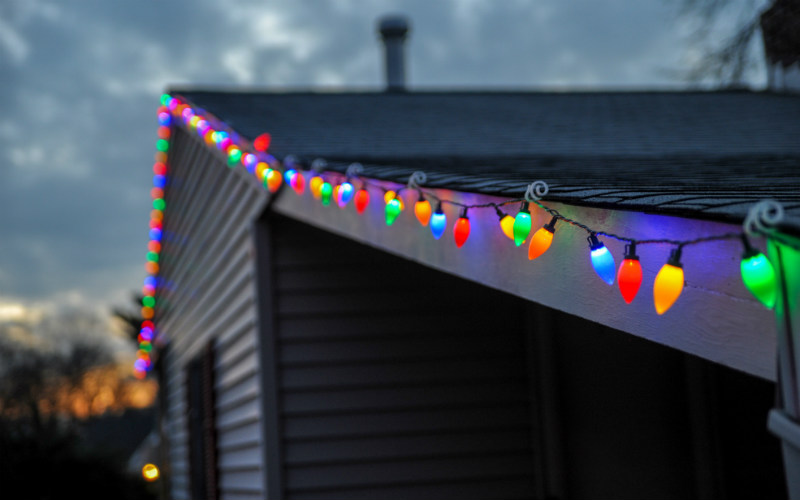


 Harry O'Sullivan
Harry O'Sullivan
 Hanan Dervisevic
Hanan Dervisevic

